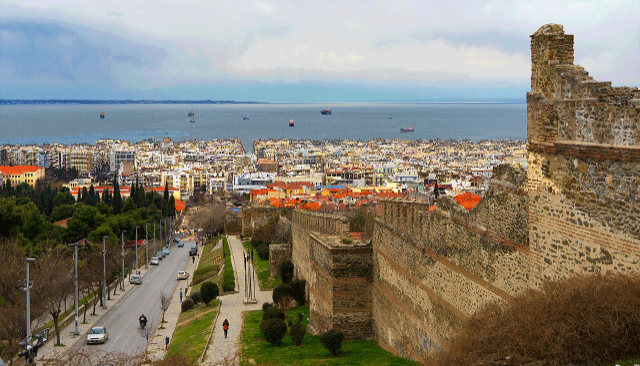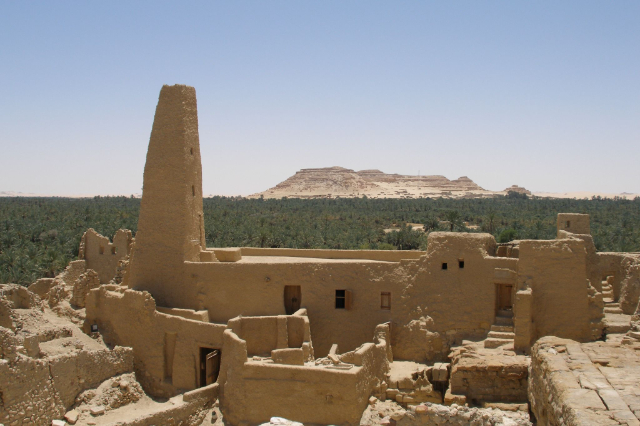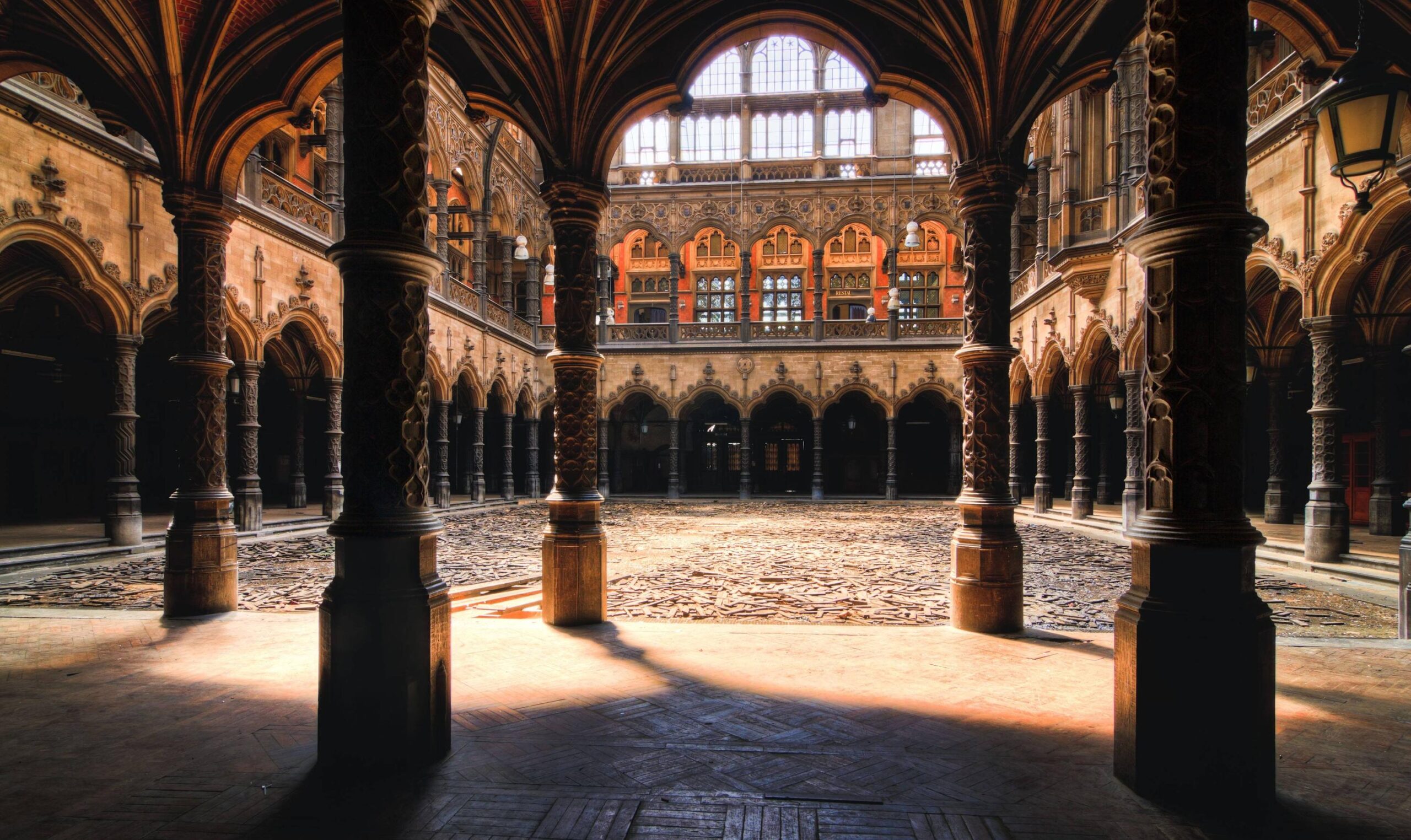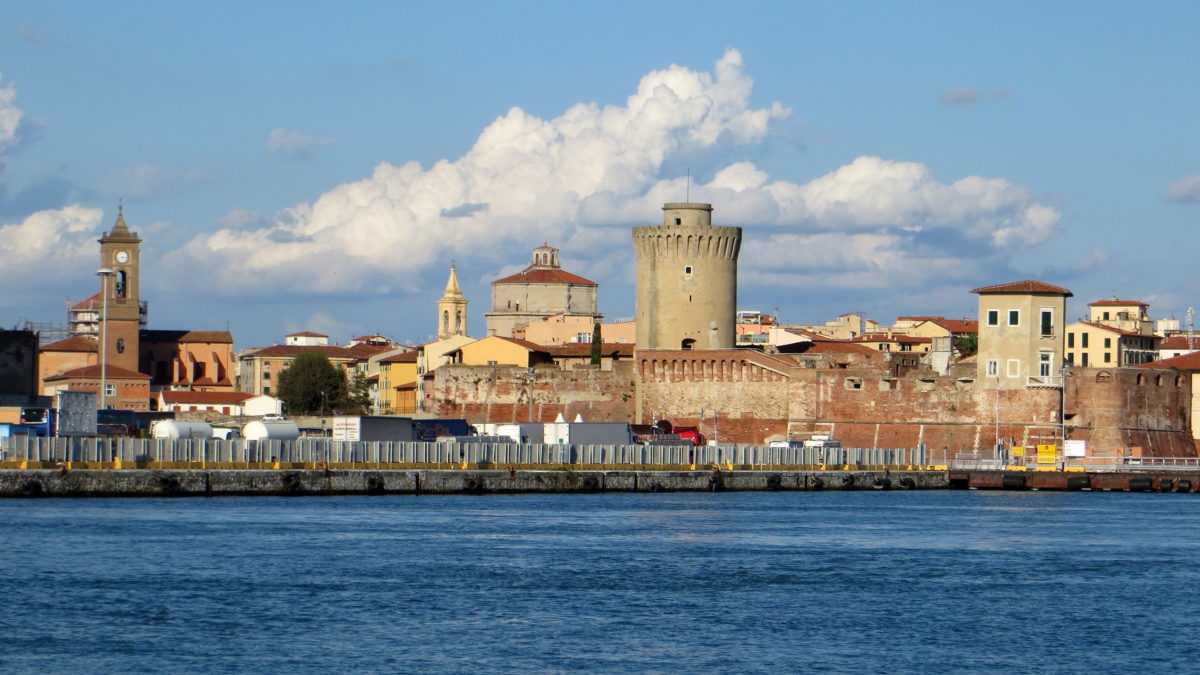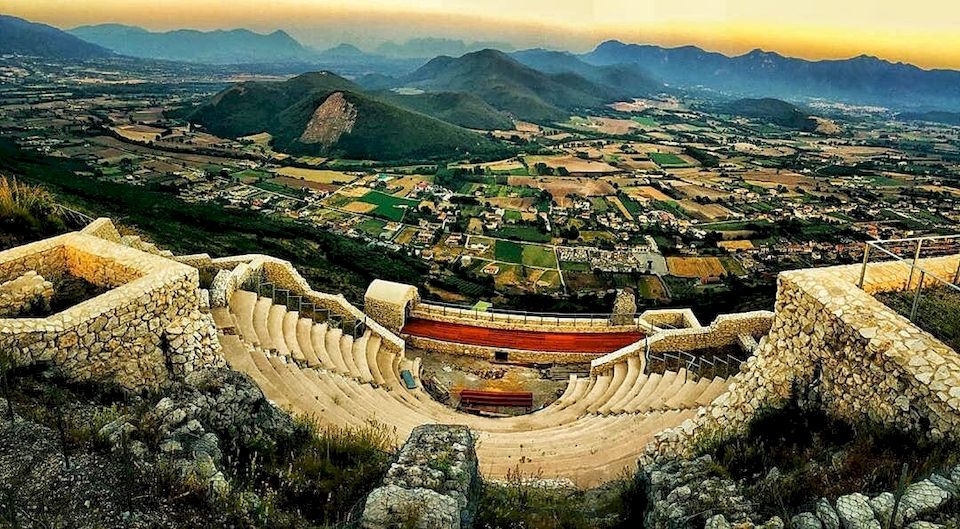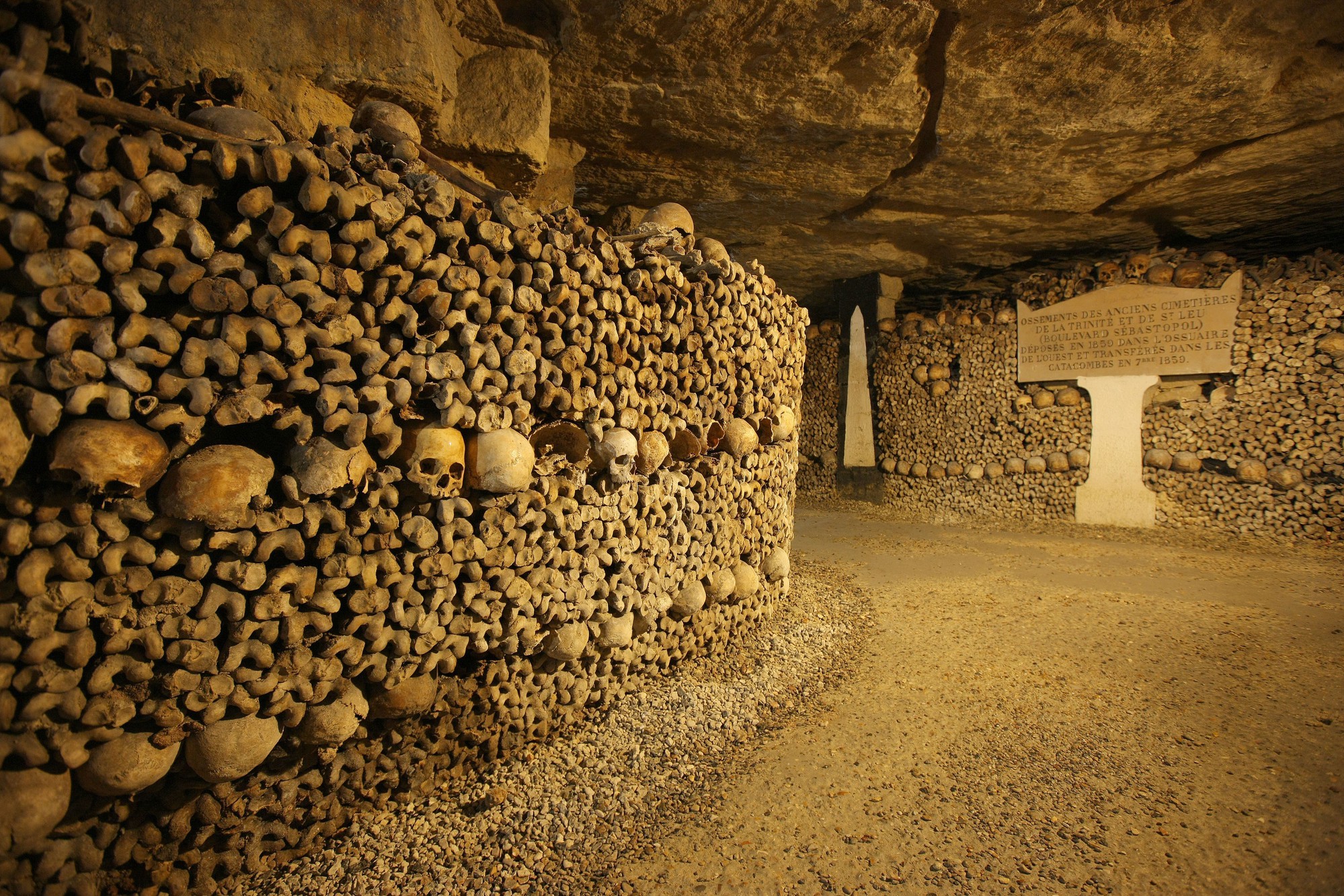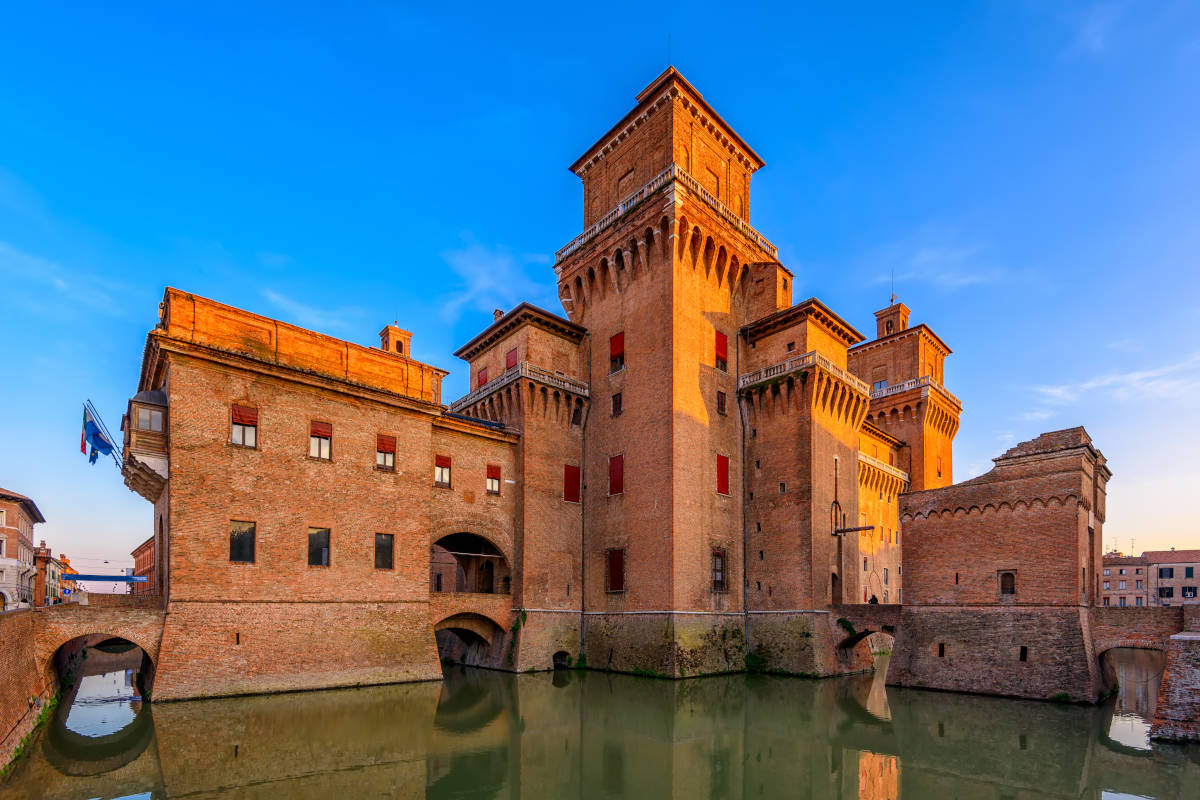The Byzantine Walls of Thessaloniki are an awe-inspiring marvel of ancient engineering and strategic design, shaping the cityscape and serving as silent guardians of its storied past.
Originally founded by Cassander, the city of Thessaloniki quickly rose to prominence, necessitating a fortification system. It was King Constantine who first constructed the artificial harbor at the south-west end of the sea wall between 322 and 323 AD. However, it was under Emperor Theodosius I in 390 AD that the walls underwent a transformative change.
Stretching for an impressive 8 kilometers, the new walls adopted a trapezoidal configuration that hugged the city’s terrain. Rectangular towers punctuated the slopes of the hill, with strategic points reinforced by alternating triangular bulwarks, adding both aesthetic and defensive complexity. Particularly imposing were the fortifications of the Acropolis, where innovations in design were most apparent. The Acropolis itself was a marvel, complete with a massive cistern in its south-east section that acted as the city’s water reservoir.
The sea-facing wall of the city showcased a brilliant blend of practicality and resourcefulness. Architectural elements from late Roman buildings in the Agora were repurposed, most likely during the repairs that followed the earthquakes of 620-630 AD.
As the 15th century dawned and the threat from the Turks loomed ever larger, further fortifications were added. It is in this period that scholars believe the iconic Trigoniou Tower and the White Tower, symbols of the city today, were constructed.
Inside these imposing walls lies a treasure trove of archaeological finds. The Fortress of the Heptapyrgion stands as a stalwart reminder of the city’s defensive might. Adjacent to this, archaeologists have unearthed an Early Christian basilica, further emphasizing the city’s rich tapestry of history and religious significance.
In the late 19th century, modernization led to the unfortunate demolition of the sea wall and portions of the land walls in the flatter areas of the city. However, the remnants that do survive today, nearly 4 kilometers in length, remain a compelling sight. Towering as high as 10.50 meters and with a width reaching up to 4.50 meters, these formidable structures serve as enduring monuments of great archaeological and cultural value. Ongoing excavations are gradually revealing the hidden line of the original sea wall, adding another layer to our understanding of this extraordinary fortification system.
Today, the Byzantine Walls of Thessaloniki are not just architectural relics; they are living history, capturing the imagination of residents and visitors alike. They stand as a lasting tribute to the engineering ingenuity of the Byzantine Empire and as a symbol of Thessaloniki’s resilience and enduring charm.

